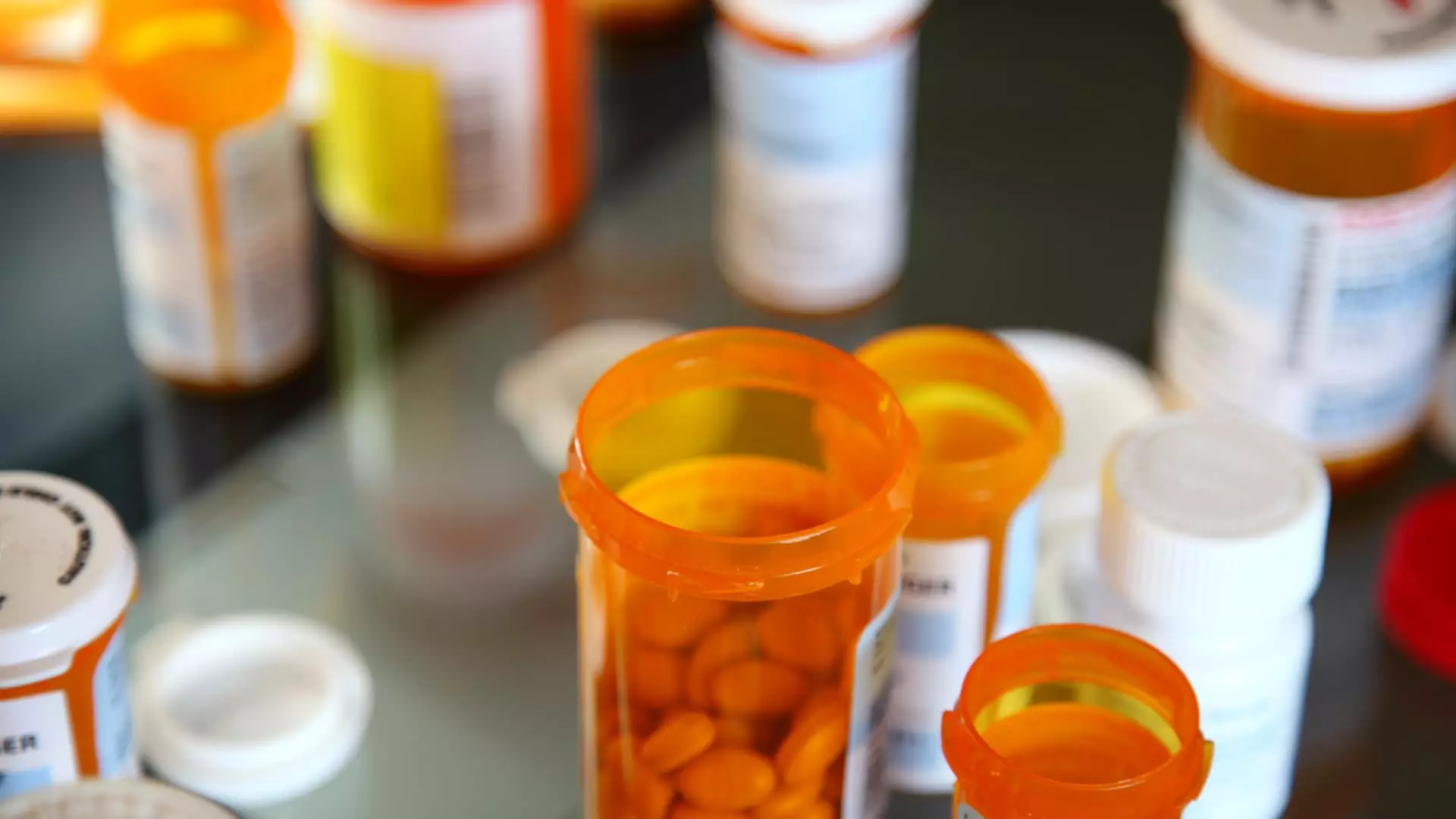The imposition of tariffs by President Donald Trump on goods imported from Canada, Mexico, and China has sparked a heated debate concerning its implications for the American healthcare system. While these economic measures are intended to address national security concerns such as drug smuggling and undocumented immigration, their consequences could be dire for the pharmaceutical industry, particularly in light of existing drug shortages. This article critically examines the potential repercussions of these tariffs on drug availability, healthcare costs, and the viability of generic drug manufacturers.
The tariffs—25% on goods from Canada and Mexico and 10% on imports from China—come at a time when the U.S. is already struggling with a significant shortage of vital medications, including generics crucial for treating various health conditions. According to healthcare experts, this situation may be exacerbated by the new tariffs, compelling some generic manufacturers to exit the market entirely due to an inability to absorb additional costs. John Murphy, CEO of the Association for Accessible Medicines, emphasizes that the price pressures on generic drugs are already acute; many must sell at or below cost to remain competitive. Thus, these tariffs could exacerbate an already strained supply chain, further limiting patient access to necessary treatments, thereby prioritizing short-term political goals over long-term public health needs.
As the tariffs take effect, the anticipated increase in medication costs is likely to put an additional financial strain on American patients, particularly those relying on generics that comprise 90% of prescriptions filled. Increased pharmaceutical costs could dramatically shift the economics of healthcare, compounding existing affordability issues for those dependent on public assistance programs like Medicare and Medicaid. Organizations like the Healthcare Distribution Alliance have warned that the forthcoming tariffs will pressure distributers, who typically operate on razor-thin profit margins of around 0.3%. If these players in the supply chain begin to withdraw from the market, the consequences could ripple through to hospitals and healthcare facilities, leading to rationing or prioritized distribution of existing supplies—an alarming scenario for a nation already facing healthcare inequities.
China’s role as a significant supplier of active pharmaceutical ingredients (APIs) means that any shifts in trade policies have far-reaching implications. The U.S. heavily depends on these lower-cost manufacturing hubs for both brand-name and generic drugs. Should tariffs induce disruptions in this supply chain, manufacturers—especially those focused on generics—could struggle to maintain production levels. The result may be an increased reliance on domestic production, which, while potentially beneficial for local economies, raises the question: can American manufacturers scale quickly enough to meet demand without sacrificing innovation or quality?
The ramifications of the tariffs extend beyond pharmaceuticals to encompass medical devices. With a significant portion of medical technology components sourced from countries like China and Mexico, tariffs could inflate costs for essential healthcare equipment, such as robotic surgical systems and basic medical supplies. The AdvaMed organization urged the administration to exempt medical products from the tariffs, citing the potential for critical shortage scenarios and stifled innovation due to increased operational costs. The ongoing need for medical supplies—particularly during a global pandemic—highlights the precarious balance between national security concerns and healthcare accessibility.
As trade policy evolves, it becomes increasingly vital for policymakers to consider the unintended consequences for industry stakeholders and patients alike. Consultation with healthcare professionals, drug manufacturers, and economic analysts could offer more nuanced perspectives on how to bolster national security while safeguarding the essential medicines that the population relies upon. Comprehensive strategies ought to be developed that prioritize both the stability of the pharmaceutical supply chain and the affordability of medications for consumers. In a landscape rife with complex challenges, it is imperative that decisions made today take into account their long-term effects on public health, economic sustainability, and the capacity for innovation within the healthcare sector.
While tariffs may be positioned as a tool for negotiating better trade practices, the implications for the U.S. healthcare system could be severe. With rising costs, potential shortages, and the threat to generic drugmakers’ viability, it is crucial to reexamine these policies and their consequences before they take full effect. Ultimately, the goal should be to create a healthcare system that is not only affordable and accessible but also resilient and capable of adapting to economic pressures.

